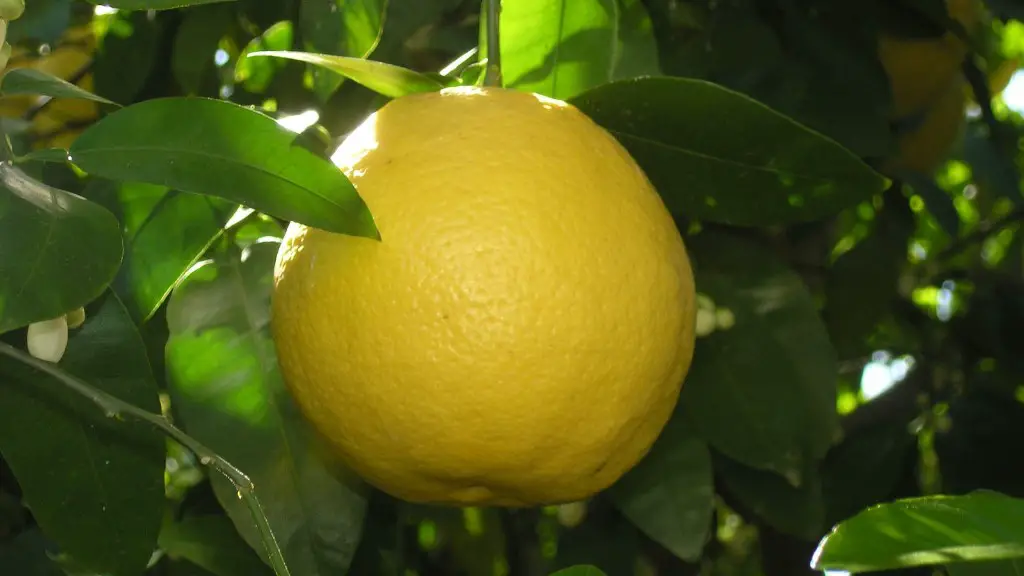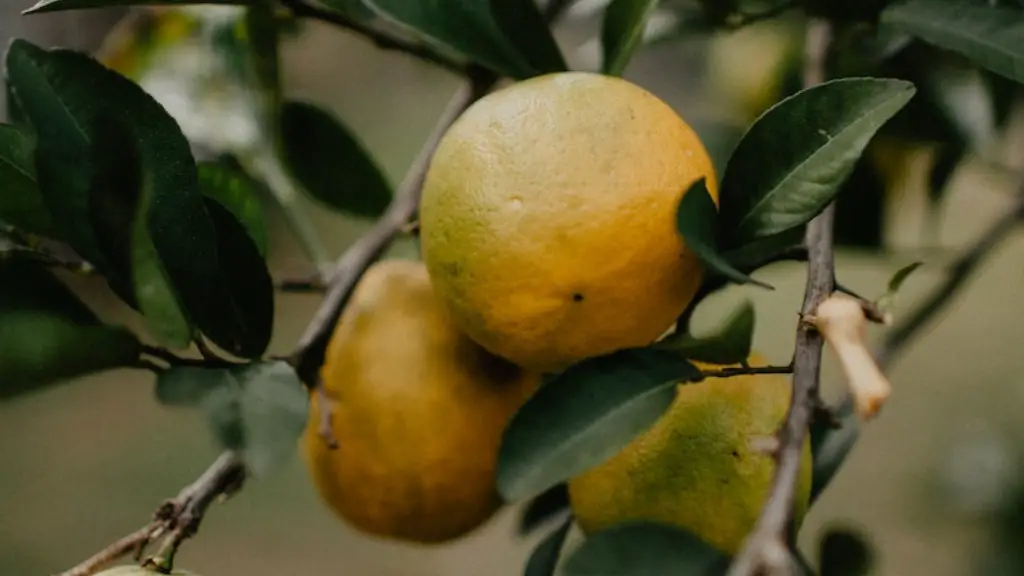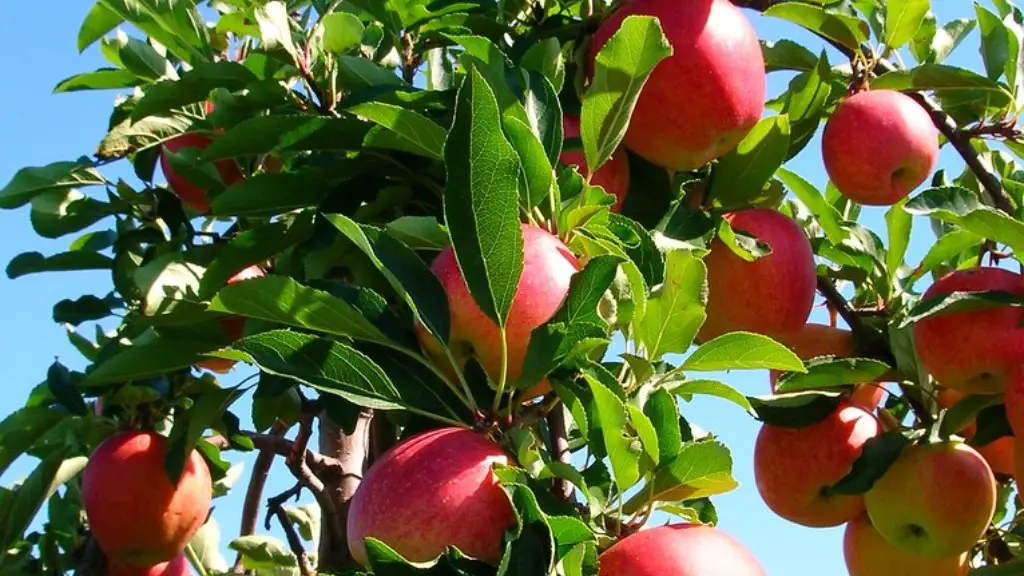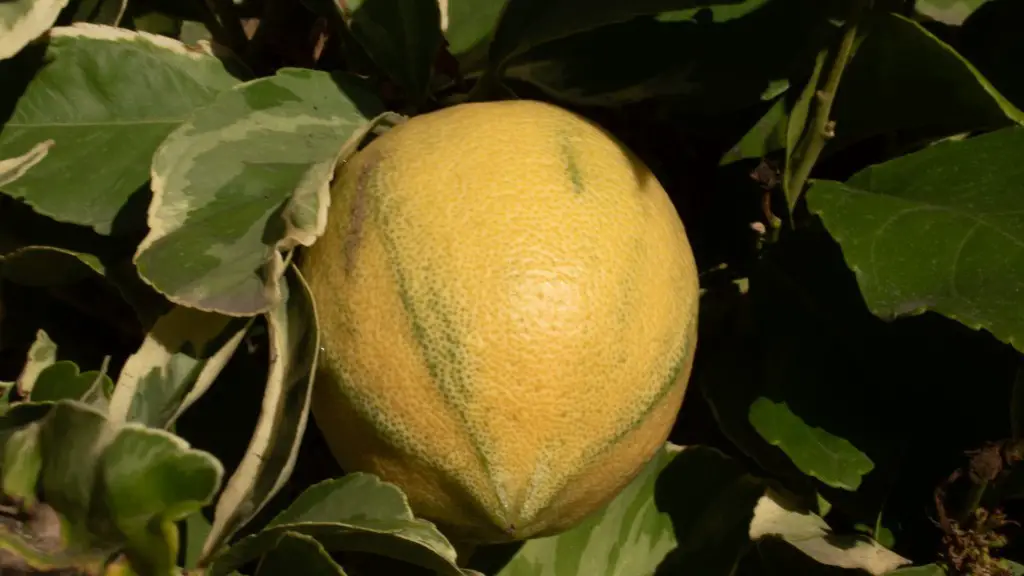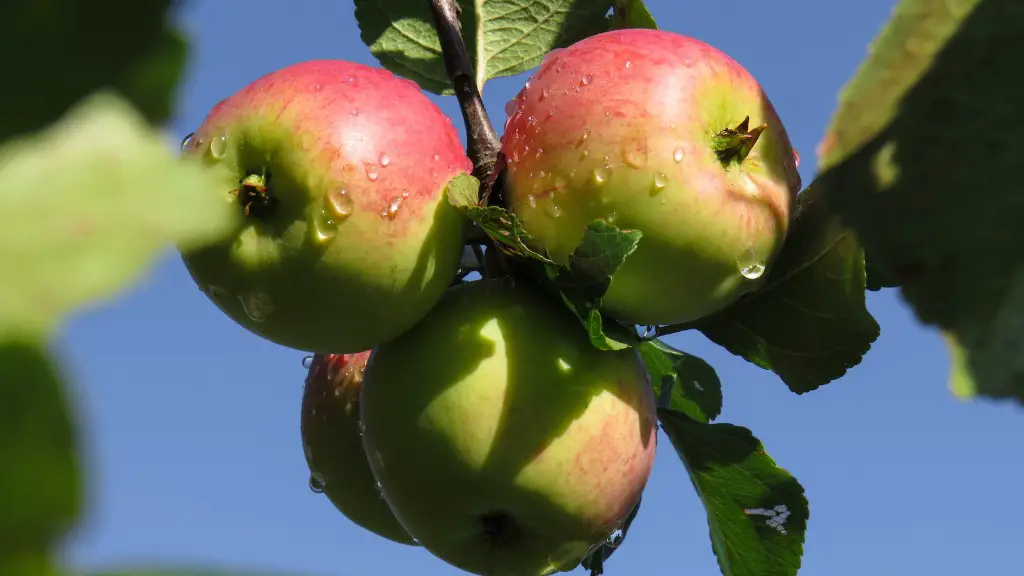Lemon trees grown for their sweet and tangy fruits, but their attractive, bright green leaves are just as important. Unfortunately, yellowing leaves, often caused by incorrect care or environmental conditions, can be a common sight. So why does this happen? Understanding why lemon tree leaves turn yellow can help you take better care of your trees, ensuring healthy growth and a strong harvest.
Nutrient Deficiencies
If a lemon tree is not receiving sufficient nutrients, it can cause the leaves to yellow. Excess fertilizer can also cause this effect, so be sure to follow manufacturer instructions. Nitrogen, phosphorus, and potassium are essential nutrients for citrus tree health, but be aware that some soils can contain too much of these ingredients. Don’t be tempted to add extra, as this may cause yellowing leaves as well as other problems.
For best results, it is important to use a soil testing kit to determine the right balance of nutrients. An analysis will let you know what kind of fertilizer you should use for optimal growth and whether any nutrients need to be added through the soil.
If adding fertilizer doesn’t solve the problem with yellow leaves, you may need to consider other possible causes.
Pest Problems
Certain pests, such as scale and mealybugs, can make a lemon tree’s leaves yellow if they’re not dealt with quickly. As theses pests feed on the sap of the leaves, they can deplete the tree of essential nutrients, causing the leaves to yellow and curl. Identifying and removing pests is the first step in restoring the tree’s health.
If removing the pests doesn’t seem to help, there may be more of a problem. For example, spider mites, which are very common in citrus trees, will attach themselves to the leaves, causing yellow patches. If you’re concerned about a bug infestation, seek professional advice.
In addition to pests, fungal diseases may cause yellowing leaves, though they are less common. Be sure to monitor your trees for signs of leaf spot, root rot, and chlorosis, as these can all cause yellowing.
Environmental Conditions
The overall health of your lemon tree may be affected by environmental conditions. Overwatering and underwatering can both cause yellowing, though it’s easier to identify underwatering as the culprit since the leaves will start to curl. In contrast, overwatering can also cause yellow leaves, but it also has the potential to be worse because it can lead to root rot.
Another environmental factor to consider is light intensity. Lemon trees need direct sunlight for at least 6-8 hours a day in order to photosynthesize and produce energy. When the tree is not exposed to enough sunlight, the leaves can start to yellow.
Finally, chilly temperatures can also cause yellowing leaves. Lemon trees are tropical plants and can’t tolerate cold weather. If the temperature drops any lower than 45°F (7°C), the tree will be at risk of injury.
Treating Yellow Leaves
Treatment for yellow leaves will depend on the cause of the problem. If nutrient deficiencies are to blame, adding fertilizer can help. Use a soil testing kit to determine the best type and think about introducing compost or additional organic matter if needed.
If pests are the problem, start by removing any that you can see. Choose the right pest-control product for the issue you’re facing and apply it following instructions. If you’re using an insecticidal soap, re-apply it weekly for up to one month for best results.
You should also make an effort to achieve a balance between watering, light, and temperature. Pick up a water meter to help you identify when your lemon tree needs to be watered, and ensure that there is sufficient air flow indoors. Finally, provide plenty of light and strive to keep temperatures higher than the recommended 45°F (7°C).
Cross-Pollination
Cross pollination is vital for the maximum production of citrus fruits. Without it, yields can be reduced and, in some cases, the tree won’t produce fruit at all. For lemon trees, the leaves often start to turn yellow when this is lacking. Pollinating the flowers yourself can help promote healthy growth, as well as encouraging a good harvest.
Choose another citrus tree of a similar variety and swap pollen between the two. This method of cross-pollination is free and straightforward but shouldn’t replace natural pollinators, such as bees and wasps. Instead, do it as an extra precaution and to support the pollinating insects in your garden.
Fungal Diseases
Fungal diseases can affect the health of citrus trees and cause the leaves to yellow. While it’s important to regulate the environment to protect your trees from fungal infections, treating them with an effective fungicide can help prevent yellowing.
If your lemon tree is suffering from a fungal infection, check the label before using a fungicide. Make sure you use the one that is suitable for citrus trees and follow all the instructions carefully. Applying too much or too often can have a negative impact on the health of your tree, so use it sparingly.
You should also try to avoid wetting the leaves of your lemon tree when watering. This could invite fungal growth and make the situation worse.
Pruning
Frequent trimming can also help keep your lemon tree healthy. Trim away any yellow leaves as soon as you see them and prune any dead or dying branches to help promote regrowth. This type of maintenance is especially important in the winter months, when the tree is more susceptible to damage.
The pruning should be done with a sharp pair of scissors or pruning shears, but be careful not to overdo it. If more than one-third of the tree’s branches receive pruning, it can cause damage and stunt the growth of your lemon tree.
Try to keep your pruning sessions as light as possible, primarily working to remove any dead leaves or branches. Using a proper pruning technique can go a long way towards improving the condition of your lemon tree.
Conclusion
A variety of conditions can cause lemon tree leaves to turn yellow, but with a bit of effort, this shouldn’t be a problem. By pruning, cross-pollinating, and regularly monitoring your tree for signs of pests and disease, you can ensure a healthy and productive lemon tree.
